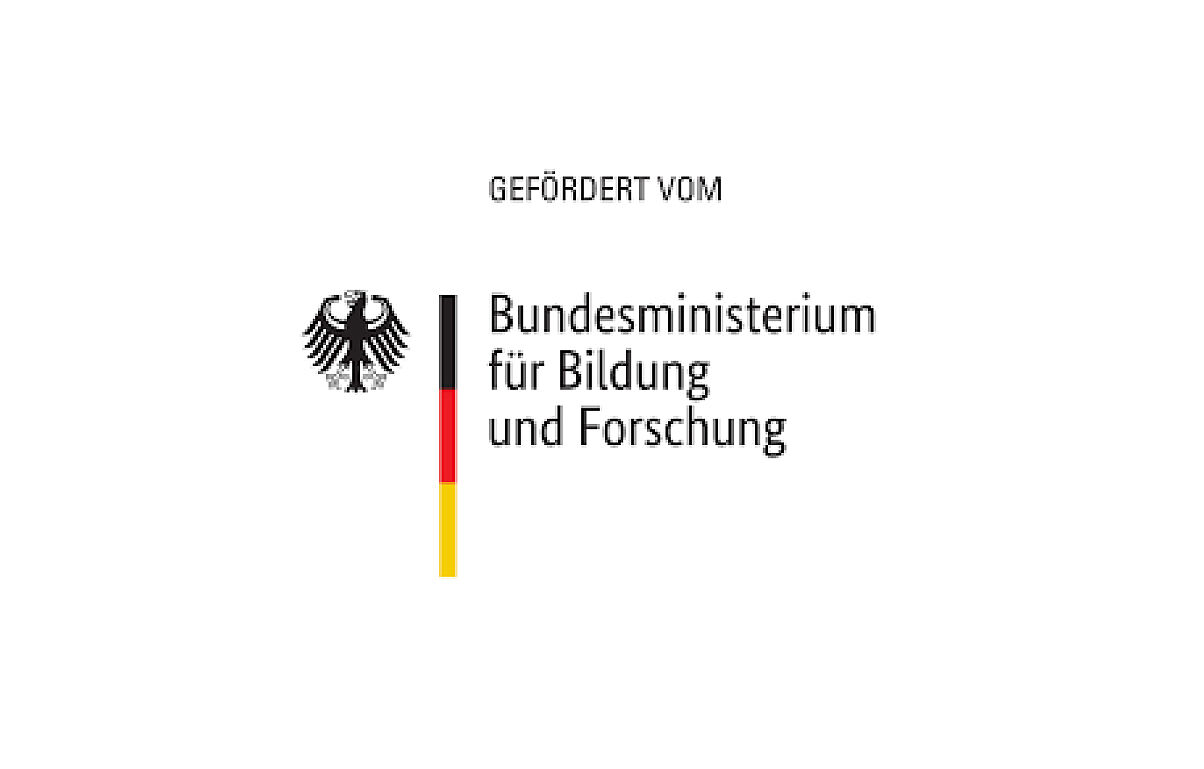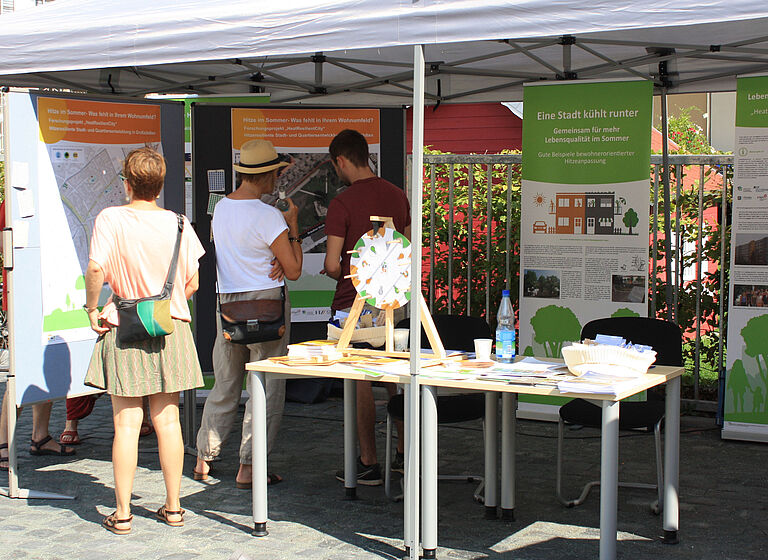
HeatResilientCity II
Heat adaptation of urban buildings and settlement structures – actor-oriented implementation support to strengthen climate resilience and preventive health care
More cooling for cities
Hot summers, record temperatures, persistent droughts: life in cities is getting hotter and hotter. In 2050, it could be as warm in Erfurt, Dresden or other German cities as it is today in Southern Europe, scientists predict. What can municipalities, housing companies and health actors do to combat the heat in cities? How can actors from the field be supported to push adaptation measures to summer heat more strongly and to make them permanent? What strategies can be used to protect the health of groups in urban neighbourhoods that are particularly affected by heat? These are the questions addressed by the transdisciplinary project HeatResilientCity - funded by the Federal Ministry of Education and Research - with significant participation of the ISP Institute.
HeatResilientCity II
Grant provider: Third-party funded research project of the Bundesministeriums für Bildung und Forschung (BMBF)
Project sponsor: Deutsches Zentrum für Luft- und Raumfahrt e.V. (DLR)
Duration: 02.2021 - 07.2023 (HeatResilientCity 10.2017-01.2021)
Project website: www.heatresilientcity.de
About the project
The summer of the century in 2003 was one of the worst natural disasters in the EU's history. In 16 EU countries studied a total of around 70,000 people died as a result of the heat phase more than usual, 3,500 of them in Germany. The record summers of both 2018 and 2019 and the prolonged drought of 2020 have also shown: heat waves are one of the major challenges for urban development in the future. What's more, extreme weather events of this kind are often underestimated compared to other consequences of climate change, such as flooding and heavy rainfall. What can municipalities, landlords, homeowners and those affected do to make inner cities and dense urban areas more heat resilient? Since 2017 Erfurt and Dresden partners from science and practice have been working together on these questions in the HeatResilientCity project.
Stakeholder-oriented implementation support
HeatResilientCity II is a follow-up project that builds on the results of its predecessor HeatResilientCity I - a joint research project on heat-adapted urban development in large cities using the example of the state capitals Dresden and Erfurt. Effective, socially just and user-acceptable adaptation measures were designed to better prepare for hot summers. These include, for example, more urban greenery, green facades and roofs or shading systems on buildings, but also the participation of the people affected in the form of (online and offline) surveys, workshops, temporary interventions, and participation of vulnerable groups such as senior citizens and families.
Drivers and Barriers to adaptation measures
Key actors, drivers and obstacles for adaptation activities were identified, which were analysed in more detail in the follow-up project and expanded to include the level of different building and settlement structure types as well as new partners from the field of health prevention. The knowledge base in the joint project HeatResilientCity II is intended to do even more: to support the tailored consultation and qualification of practical actors and to establish the know-how in existing and newly created networks.
Areas of action
The ISP is working on three main topics in the joint research project:
- Transformation through governance innovations, i.e. the initiation, monitoring and evaluation of changes in the area of tension between local politics, urban residents, science and technology
- the investigation of sharing approaches in the housing industry
- the development of health strategies in heat-stressed urban neighbourhoods
Perspectives for heat-stressed neighbourhoods
In addition to the priority themes, the project combines other project goals:
Cooperation with municipalities
The plan is to investigate the interdepartmental cooperation with actors from municipalities and the necessary integration of hitherto neglected interests in heat-related countermeasures using the example of the state capitals of Erfurt and Dresden - both in a practice-oriented manner and with scientific support.
Systematisation of tasks
Furthermore, it is planned to extend all research results of the predecessor project HeatResilientCity I, in particular the evaluated implementation and communication barriers, by systematising typical tasks and coordinated decision-making paths for climate adaptation to hot spells.
Health Network and heat manual
Together, the network is working on the development of a handbook in which expert knowledge on the topic of the health consequences of heat is bundled and made available. It also contains concrete tips on how to behave and procedures for intervening in heat events for the various actors in practice. Creativity and flexibility are two fundamental characteristics of resilience. These are promoted by pointing out successful other projects, so-called good practices, in the handbook. The development of a health network heat prevention is also supported. In addition to a needs analysis of vulnerable groups, such as senior citizens or people in need of care, the establishment of the network should make an innovative contribution to the implementation of the current state of knowledge, including a more efficient implementation of heat adaptation measures.
Scientific contributions of the ISP
The scientific contributions of the ISP pursue these objectives:
- The more efficient design of governance structures
They include cooperation structures of state, economic and civil society actors by reducing implementation and communication barriers and systematic implementation reporting of the recommendations for action from HeatResilientCity.
- Further development of options for action
Further development of action bases and options for climate adaptation strategies of municipalities through the systematisation of typical tasks for heat prevention and the development of coordinated decision-making paths in inter-agency cooperation.
- Infrastructures of housing companies
Development of demand-oriented, innovative, jointly used and socially equitable heat-resilient infrastructures of housing companies.
- Integration of health concerns
Identification of potentials for successful integration of health concerns based on scientific monitoring of the establishment of a preventive health network.
- Heat manual for health actors
Technical and scientific support for the development of an application-oriented handbook for health and social actors as well as na neighbourhood-based early intervention during heat events.
Project team








